The temperature was around minus 10 degrees, and amidst the biting cold of India’s passing winter, I found myself in Himachal Pradesh, ready to experience the enchanting Fagli Festival. Celebrated in various villages of Himachal, especially in the districts of Lahaul and Spiti, Kinnaur, and Kullu, this festival is a magical event where the gods themselves come to give us darshan and blessings.
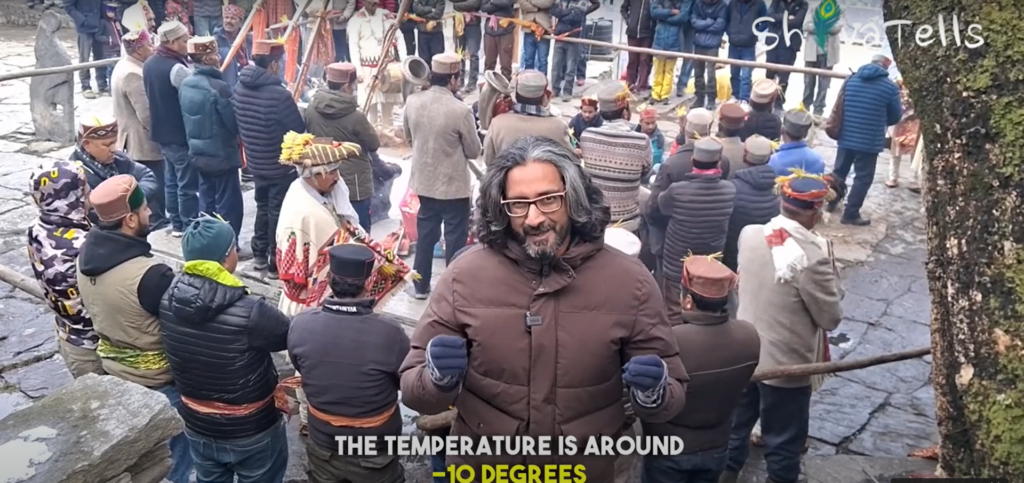
Table of Contents
What is Fagli Festival and Its Importance for Locals
For the locals, Fagli holds immense cultural and spiritual significance. It is a time for community bonding and religious fervor, as villagers come together to honor their deities and seek their blessings for a prosperous year ahead. The Fagli festival also serves as a reminder of the region’s rich mythology, with rituals and traditions passed down through generations.
One of the highlights of Fagli is the presence of the village deities, who are believed to descend among the villagers during the Fagli festival. This presence is seen as a blessing, bringing peace, prosperity, and protection to the community. The festival also includes colorful processions, traditional dances, and music, adding to the festive atmosphere.
The Journey to Prini Village
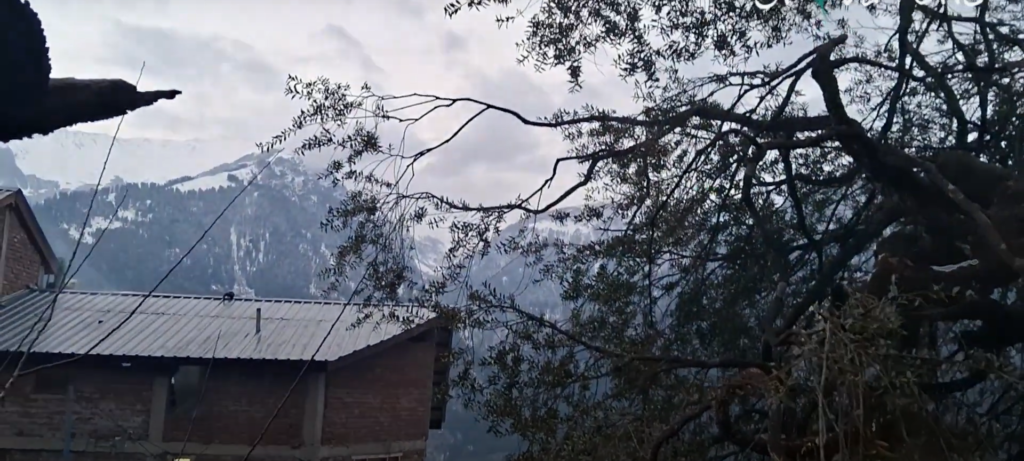
I began my journey to Prini village, where the simple beauty of everyday life in the Himalayas unfolded before me. As I made my way up to the village, the sounds of drums and music filled the air, signaling the daily rhythms of the villagers. Upon arriving, I was struck by the warmth and hospitality of the people. They welcomed me with open arms, eager to share their stories and traditions.
Life here is deeply connected with nature, with the villagers showing resilience and resourcefulness in the face of harsh conditions. The landscape, with its snow-capped peaks and verdant valleys, adds to the village’s charm. The villagers’ strong sense of community and unity is evident, as they work together and support each other. Prini Village serves as a serene reminder of the joys of simple living in sync with nature’s rhythm.
Fagli festival, also known as Faagi in the local dialect, is a vibrant and sacred festival celebrated in the villages of Himachal Pradesh, particularly in Lahaul and Spiti, Kinnaur, and Kullu districts. It marks the transition from winter to spring, symbolizing the triumph of good over evil. The festival derives its name from the eleventh month of the Hindu calendar, signifying the end of winter and the onset of the spring season.
My Experience of Fagli Festival
A Tale of Divine Interventions
Have you ever seen or at least heard about how the village deity appears among us through a common man to solve our problems? Something similar happens in many villages of Himachal during Fagli. This festival, also pronounced as Faagi, takes place in the 11th month of the Hindu calendar, marking the transition from winter to spring. It’s a time when the cold begins to recede, making way for the season of renewal.
The Divine Procession
I first arrived in Prini village, where the festival was in full swing. The sound of drums and music welcomed me as I climbed towards the village. There, outside a temple, people were gathered around the priest, paying their respects. It was fascinating to see him standing on the snow-covered ground as if it were nothing unusual. Suddenly, a different energy seemed to envelop him, and I realized that the gods had come among us.
Dancing with the Gods
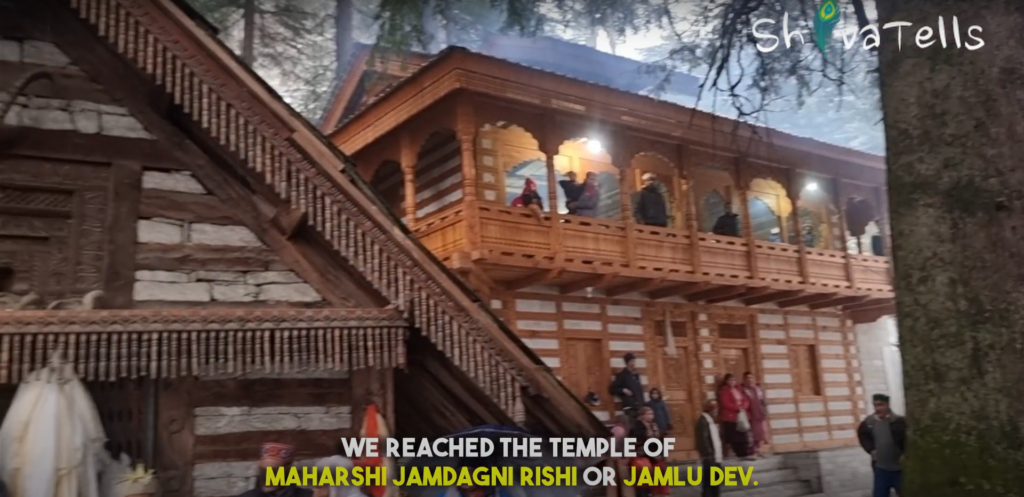
The deities then roamed the entire village, blessing everyone they met. Following them, we reached the temple of Maharishi Jamdagni Rishi, also known as Jamlu Dev. Despite the continuous rain, which drenched everyone, the deity remained focused on his work, completely oblivious to the weather.
In a nearby area, villagers were throwing a long rope over a big tree. It is believed that whoever’s rope gets stuck will have their wish fulfilled. Amidst these rituals, I witnessed the sacrifice of a goat, which was offered not to the Rishi Dev but to the demon god Tundi, the reason behind this festival. This intriguing story, which I will share later, added another layer of mystique to the event.
The Rainy Return
After the sacrifice, the deity emerged, wielding a traditional sword, and danced for a while before taking his seat on a throne. Villagers came to him, seeking blessings and solutions to their problems. As night fell, the deities settled in the temple, set to leave the following morning.
On my way back, drenched in the cold rain and lost in the village, I struggled to find my room. The rain had soaked through my jacket, and I was starting to feel unwell. Finally, I reached my room, only to find my phone damaged. Despite this setback, the experience was worth every moment.
Shaleen Village’s Fagli Celebration
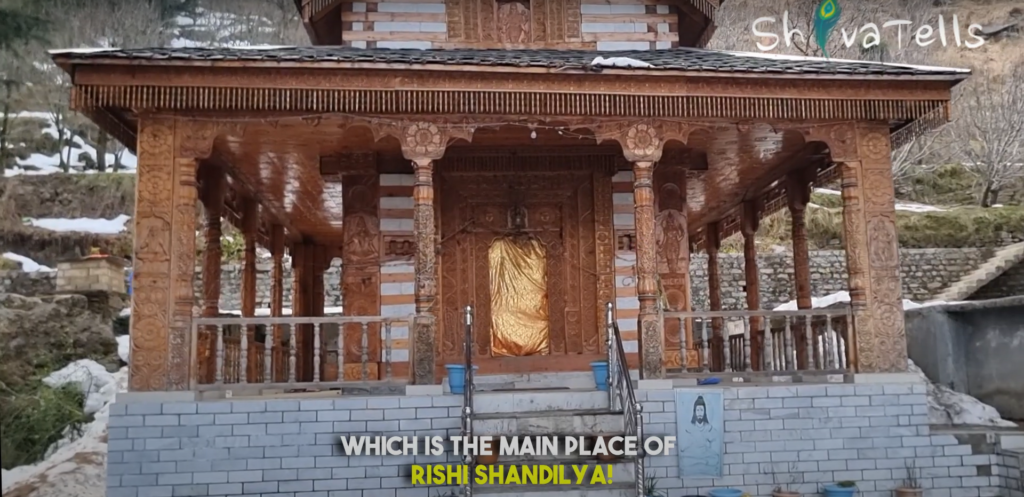
Two days later, after borrowing a friend’s phone, I made my way to Shaleen village, the main place of Rishi Shandilya. Due to snowfall, vehicles were not running, so I trekked through beautiful villages and forests for about one and a half hours. Shaleen village’s Fagli celebration was different yet equally captivating.
The villagers awaited the deity’s arrival, creating space and asking everyone to stay away. From a distance, the deity approached, accompanied by two others. The divine power made their fists clench tightly, which had to be gently opened with effort. They roamed the village, blessing everyone, with music and attire unique to this place.
The Story of Tundi Rakshas
In Shaleen, I learned the story of Tundi Rakshas, a human who troubled even the gods. The deities offered him immense wealth and got him married to pacify him, agreeing to celebrate Fagli in his honor. This tradition has continued ever since, with Khep and Khepri making their appearance during the festival. The masks and attire vary from village to village, each with its own ancient story.
The rituals were powerful and sacred, with strict prohibitions against any form of disrespect. Misbehavior could result in severe consequences, as the divine presence demanded utmost reverence.
The Masks and Their Meanings
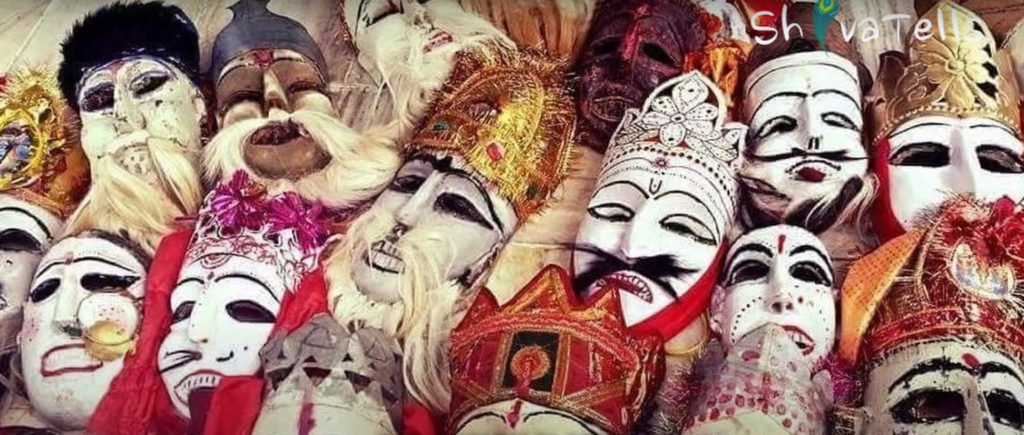
Each village has different masks and attire for the Fagli festival. Some villages have numerous masks, each representing a demi-god with an associated legend. These masks and rituals are deeply respected, and any disrespect is believed to bring severe consequences.
A Hidden Gem of the Himalayas
Fagli festival is somewhat hidden from the outside world as the gods prefer to keep it sacred and undisturbed by outsiders. I am immensely grateful to the villagers for allowing me to witness this beautiful festival. This experience has been humbling and eye-opening, showcasing the rich cultural tapestry of the Himalayan villages.
Travel Tips for the Fagli Festival
- Timing: The Fagli Festival is celebrated in late winter, usually around February or March. Check local calendars for exact dates.
- Clothing: Dress warmly. The temperatures can be extremely low, and snowfall is common.
- Respect: The festival is deeply rooted in tradition. Follow local customs and show respect during the rituals.
- Travel: Roads can be blocked due to snow, so be prepared for some trekking. Local buses and shared taxis are available, but always have a backup plan.
- Accommodation: Stay in local homestays to get the full cultural experience. They offer a closer look at village life and the opportunity to participate in the festivities.
Conclusion
Experiencing the Fagli Festival in Himachal Pradesh was a journey into a world where the divine and the mortal seamlessly intertwine. The stories, rituals, and the sheer energy of the festival left an indelible mark on me. As I left the freezing Himalayas, I carried with me not just memories but a profound respect for the rich cultural heritage of this region.
Other stories from Himachal Pradesh
- Unexplored Heritage village | Himachal Pradesh | Nalhota | Offbeat Himachal travel
- MAN Vs BEAR | Dras | Mushkoh Valley | Himalayan Brown Bear | LoC
